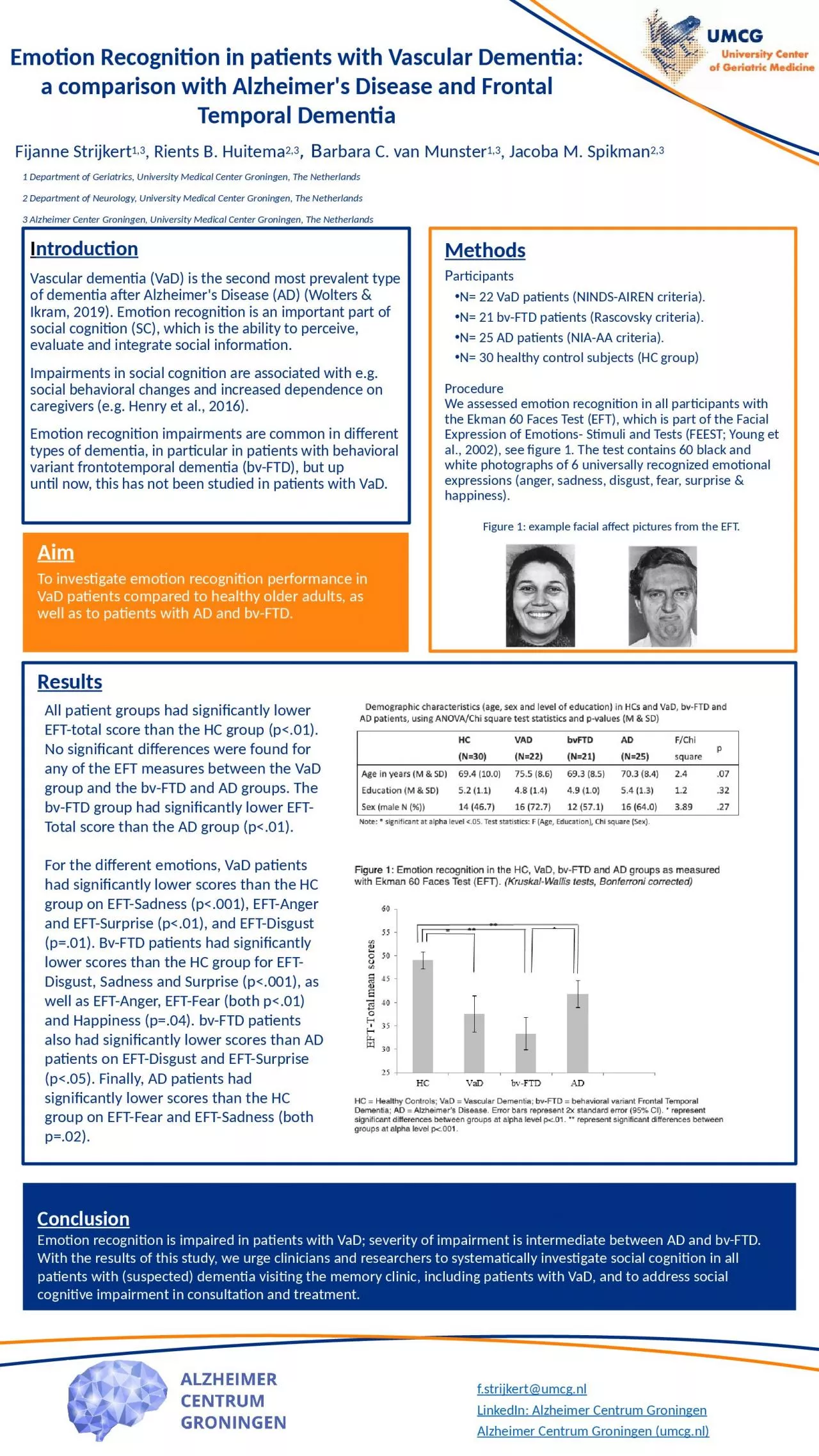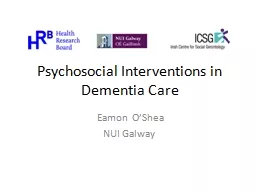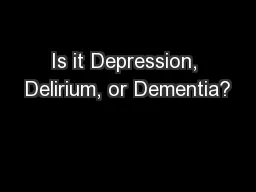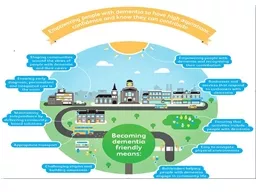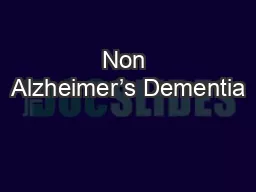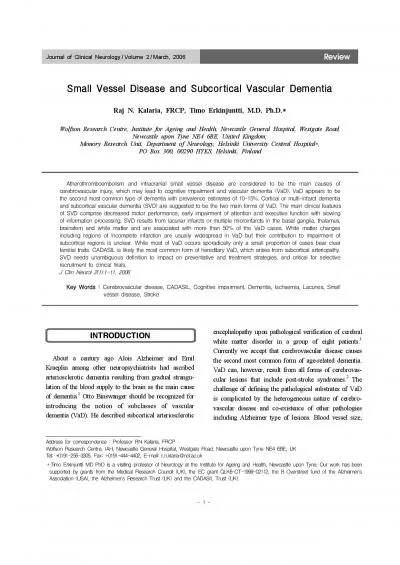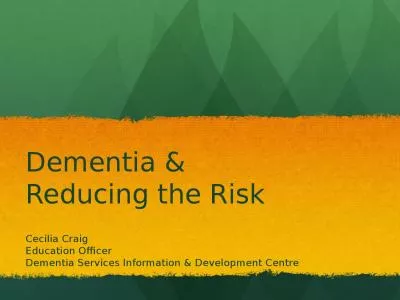PPT-I ntroduction Vascular dementia (
Author : susan2 | Published Date : 2024-03-15
VaD is the second most prevalent type of dementia after Alzheimers Disease AD Wolters amp Ikram 2019 Emotion recognition is an important part of social
Presentation Embed Code
Download Presentation
Download Presentation The PPT/PDF document "I ntroduction Vascular dementia (" is the property of its rightful owner. Permission is granted to download and print the materials on this website for personal, non-commercial use only, and to display it on your personal computer provided you do not modify the materials and that you retain all copyright notices contained in the materials. By downloading content from our website, you accept the terms of this agreement.
I ntroduction Vascular dementia (: Transcript
Download Rules Of Document
"I ntroduction Vascular dementia ("The content belongs to its owner. You may download and print it for personal use, without modification, and keep all copyright notices. By downloading, you agree to these terms.
Related Documents

